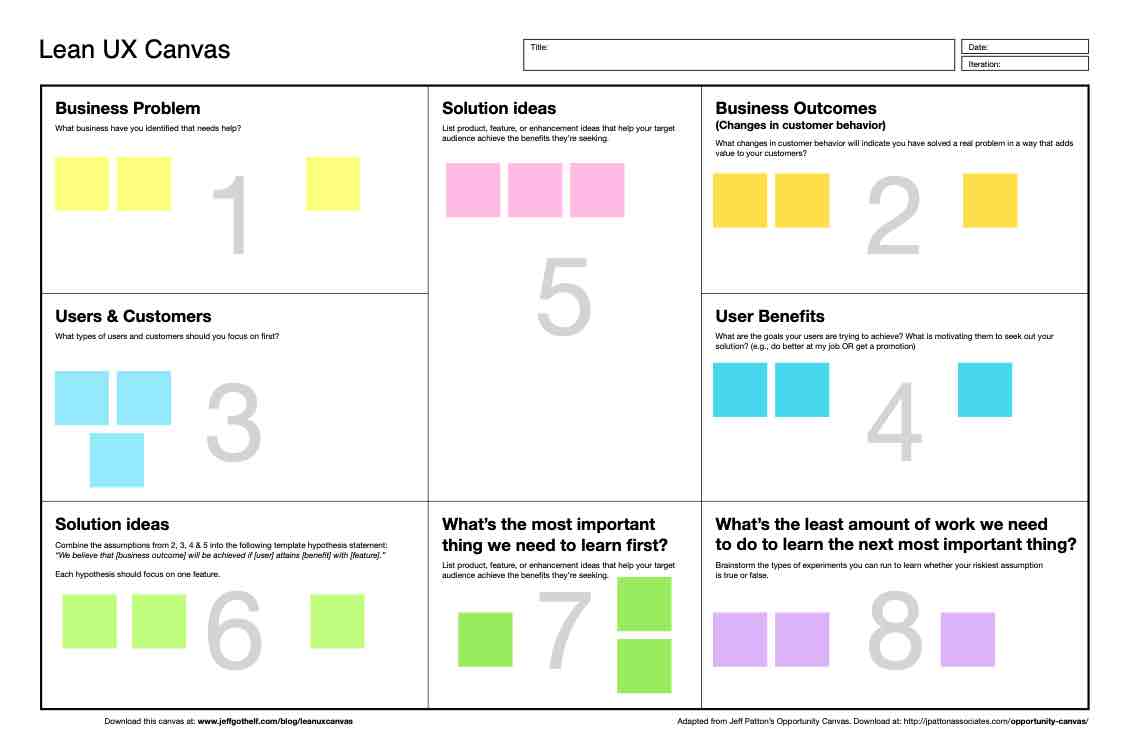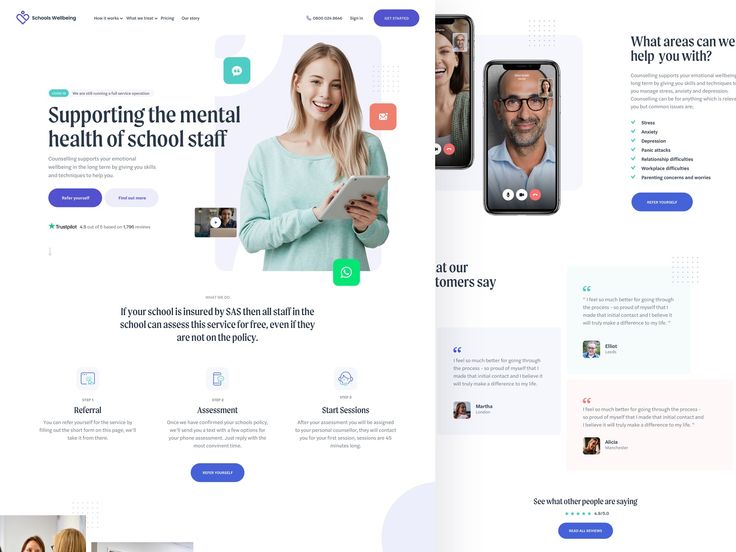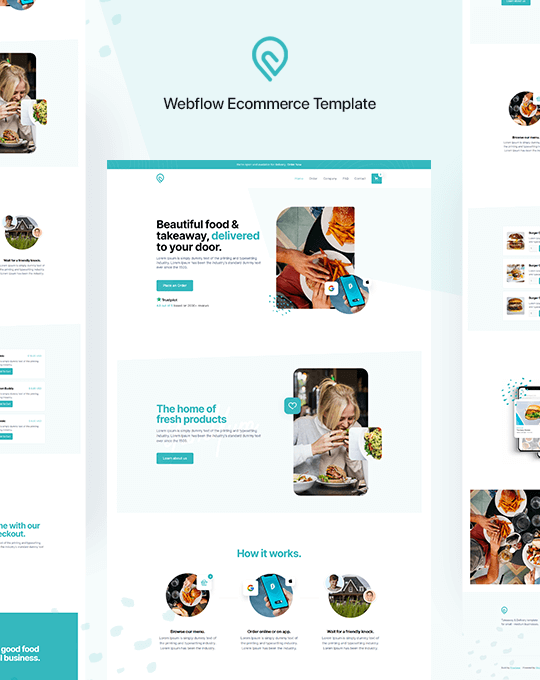
By designing for mobile first, content and interaction patterns must be compatible with small screens. A desktop layout is more expensive and requires more effort than the mobile version. Designing for mobile first means eliminating the need to update desktop layouts at a later date. Designing for mobile is something you should do immediately if it's not already. These are some tips to help you create a mobile-friendly website.
Identify the pain points of your target users
Identifying the pain points of your target users when designing for mobile is critical. Although it may sound obvious to some, pain points can be both broad and specific, important or obscured from public view. Regardless of the type, identifying the pain points of your target users is the first step in creating solutions. Oftentimes, UX terminology gets blown out of proportion and misunderstanding, so this article will focus on defining pain points in a broader context. The term "pain point", which refers to an individual's experience, is more broad than the usual usability problems.

Identify the capabilities of your target device
When designing for mobile, it is crucial to understand the capabilities of your target devices. While it is vital to determine the capabilities for every application, you also need to pay attention the characteristics of your user. Consider, for example, the needs of an elderly user might be different from those of younger people. In this case, you must consider these unique characteristics of elderly users while developing your app.
Creating a simple and easy-to-use UX
Users who are constantly on the move need mobile-first designs. Instagram and Snapchat both have adapting this strategy to mobile users, using features like infinite Scrolling and stacked Stories to keep them interested. The New York Times has also introduced sticky navigation to make it easy for users to see the most recent updates. While most people use a smartphone for personal use, other people, like investment analysts and researchers at the United States Department of Agriculture, prefer large screen computers or dual monitors for their work. Similar to Netflix subscribers 161 million use personalized menus to browse and find the content they are looking for.
Creating a responsive design
Responsive design begins on the desktop and scales down for the smallest screens. This reduces website content but retains all the features. A clear navigation bar at its top is the most important aspect of a mobile-first layout. By using a fingertip, you can touch any element and tap to jump to the next screen. A tablet will show the exact same content on a smaller display than a desktop.

Create a chatbot
It has never been simpler to create a chatbot on mobile. There are many options for creating a chatbot, whether you need one for your business website or an app for your mobile site. Chatbots can make predictions and use artificial intelligence to interpret context and give useful answers based on that context. A chatbot can be as simple as a welcome message or as complex as a personalized response tailored to your business.
FAQ
Can I make my website using HTML and CSS?
Yes, you can! It's possible! You need to have basic knowledge in web design and programming languages, such as HTML (Hyper Text Markup Language), CSS and Cascading Style sheets (Cascading CSS Sheets). These languages can be used to create websites which can then be viewed by everyone who has an internet connection.
What is responsive web design?
Responsive Web Design (RWD) is an approach to designing websites where content displays responsively on all devices - desktop computers, laptops, tablets, smartphones, etc. This allows users access all features of a website, including navigation menus, buttons and buttons, on one device. RWD is intended to ensure that any user viewing a site views the exact version on their screen.
You would, for example, want to make sure that a customer can view your website even on a mobile device.
A responsive site will adapt to the device used to view it. The site will display exactly the same way on a laptop as if it were viewed on a desktop computer. However, if you're viewing the page on your phone, it will display differently.
This allows you create a website that looks great on any device.
How much do web developers make?
A website is a project you can work on for your own money. You'll likely make $60-$80 an hr. You can charge more if you're an independent contractor. The hourly rate could be anywhere from $150 to $200
What is a UI developer?
Designers of user interfaces (UI) are responsible for creating interfaces for software products. They design the application's layout and visual elements. Graphic designers may also be part of the UI designer.
The UI Designer must be able to solve problems and understand how people use computers.
A UI designer should be passionate about technology and software development. He/she must understand all aspects of the field, from developing ideas to implementing those ideas into code.
They should be able to create designs using various tools and techniques. They should be able solve problems creatively by thinking outside the box and come up with innovative solutions.
They should be detail-oriented, organized and efficient. They should be able to develop prototypes quickly and efficiently.
They should feel at ease working with clients, large and small. They should be able and willing to adapt to different situations and environments.
They should be able and willing to communicate effectively with others. They should be able communicate clearly and concisely.
They should be well-rounded people with strong communication skills.
They must be motivated and driven.
They should be passionate and dedicated to their craft.
Statistics
- The average website user will read about 20% of the text on any given page, so it's crucial to entice them with an appropriate vibe. (websitebuilderexpert.com)
- It enables you to sell your music directly on your website and keep 100% of the profits. (wix.com)
- It's estimated that in 2022, over 2.14 billion people will purchase goods and services online. (wix.com)
- Studies show that 77% of satisfied customers will recommend your business or service to a friend after having a positive experience. (wix.com)
- It's estimated that chatbots could reduce this by 30%. Gone are the days when chatbots were mere gimmicks – now, they're becoming ever more essential to customer-facing services. (websitebuilderexpert.com)
External Links
How To
What is website hosting?
Website hosting refers simply to the place that people visit when they visit a website. There are two types.
-
Shared hosting - This is the cheapest option. Your website files are stored on a server that is owned by another person. Customers visit your website and send their requests over the Internet to this server. The server owner then forwards the request to you.
-
Dedicated hosting - This is the most expensive option. Your website resides entirely on one server. Your traffic stays private as no other websites can share the same server.
Because it is less expensive than dedicated hosting, shared hosting is preferred by many businesses. With shared hosting, the company that owns the server provides the resources needed to run your website.
Both options have their pros and cons. Here are the main differences between them:
The pros of shared hosting:
-
Lower Cost
-
Simple to Setup
-
Regular Updates
-
It can be found at many web hosting providers
Shared hosting can often cost as little as $10/month. Keep in mind, however, that bandwidth is usually included in the price. Bandwidth is how much data you can transfer to the Internet. Even if you are only uploading photos to your blog site, high data transfer rates can still cost you extra.
You'll soon discover why you paid so much more for your previous host when you get started. Most shared hosts provide very limited customer support. Although they will help you set up your site occasionally, you are on your own once you have done that.
A provider with 24-hour telephone support is a good choice. They will assist you with any problems that may arise while you're sleeping.
Hosting dedicated:
-
More Expensive
-
Fewer Common
-
Specific Skills Required
With dedicated hosting you will have everything you need to manage your website. You won’t need to worry whether you have enough bandwidth or enough RAM (random address memory).
This means you'll have to spend more upfront. Once you get started with your online business, you will find that you don't require much technical support. You'll be able to manage your servers effectively.
Which is better for my business?
The answer to this question depends on which type of website you wish to create. If you're selling products only, shared hosting might work best. It's very easy to setup and maintain. Because you share a server, you will most likely receive frequent updates.
However, dedicated hosting is the way to go if you want to build a community around your brand. You can put your efforts into building your brand, and not worry about how to handle your traffic.
Bluehost.com is the best web host for both. Bluehost.com offers unlimited monthly data transfers, 24/7 customer support, domain registrations free of charge, and a 30-day guarantee for your money back.